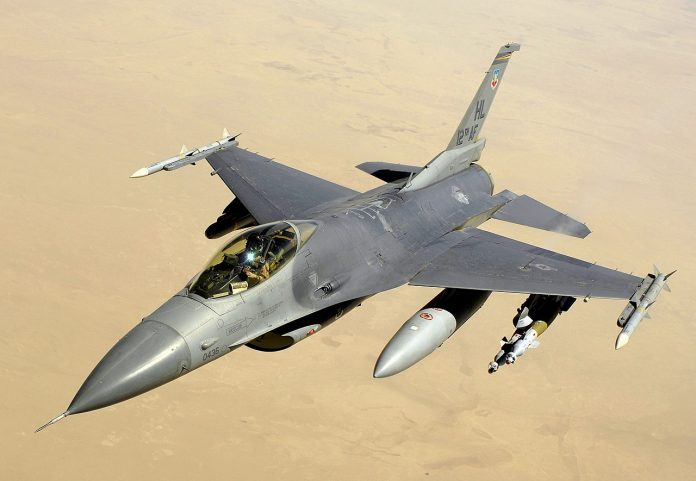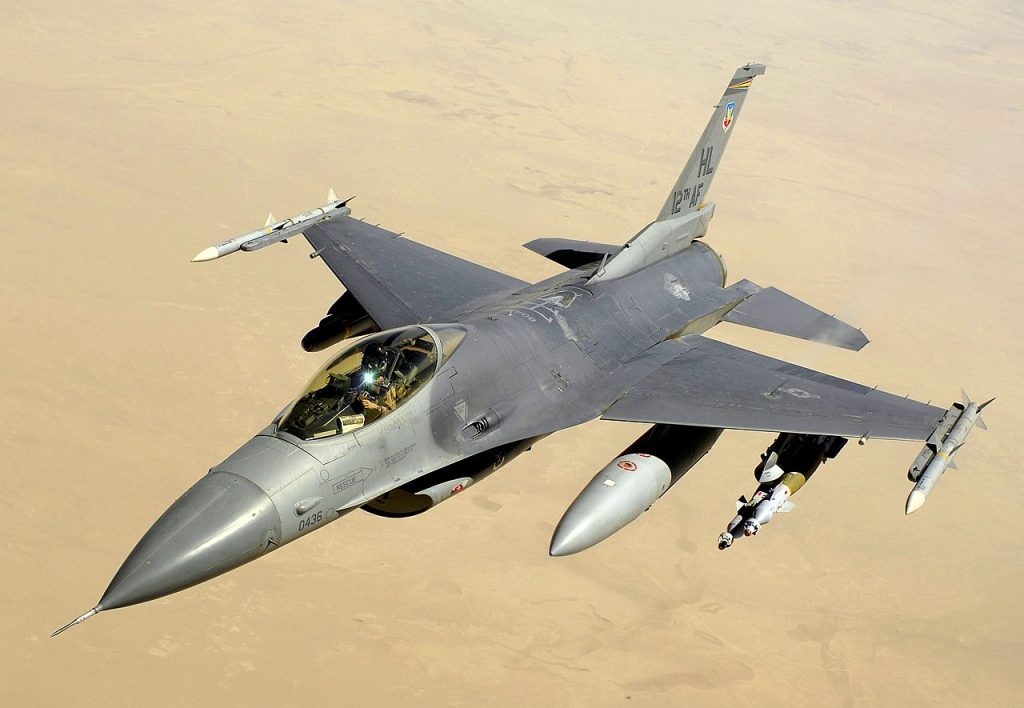
Colombia’s decision to skip the U.S.-made F-16s in favor of Sweden’s Gripen E/F fighters is more than a procurement choice; it is a geopolitical statement. In a region where for so long Washington has dominated high-end military sales, Bogotá’s $3.6 billion deal with Saab signals a deliberate pivot in defense partnerships. The move comes amid rising border tensions, shifting alliances, and the urgent need to replace an aging fleet.
For over a decade, Colombia’s air force has sought a successor to its Israeli-built Kfir jets. Diplomatic ruptures with Israel, with growing maintenance costs and low operational readiness, quickened the pace. The decision on the Gripen came because of a combination of its affordability, flexibility in operations, and deep industrial cooperation. This list breaks down the nine most critical factors that shaped the deal, from technical advantages to regional security implications.

1. The end of the Kfir era
Colombia’s Kfir fleet, bought in the late 1980s, has been integral in air operations against insurgent groups and border surveillance. These Israeli-built jets, which were formidable once, now face crippling maintenance challenges. Diplomatic tensions with Israel have severed access to certified parts and software updates, leaving only a fraction of the fleet flightworthy. Retired Gen. Guillermo León warned that without new contracts, “the fleet would rapidly enter a condition where we would no longer have the means to sustain it.” The Gripen purchase is a clean break from dependence on Israeli systems, ensuring continuity in air-defense capability.

2. Rift in Ties with Israel
His public condemnation of Israeli operations in Gaza and the formal breach in diplomatic relations in 2024 brought wide-ranging consequences in terms of defense. Israel suspended security exports, impacting readiness across the Kfir fleet. The Colombian Defense Ministry formed a transition committee focused on diversifying suppliers-right down to developing domestic rifles to replace the Galil. This rupture accelerated the need for a replacement fighter, given that reliance upon a single foreign supplier had become a strategic liability.
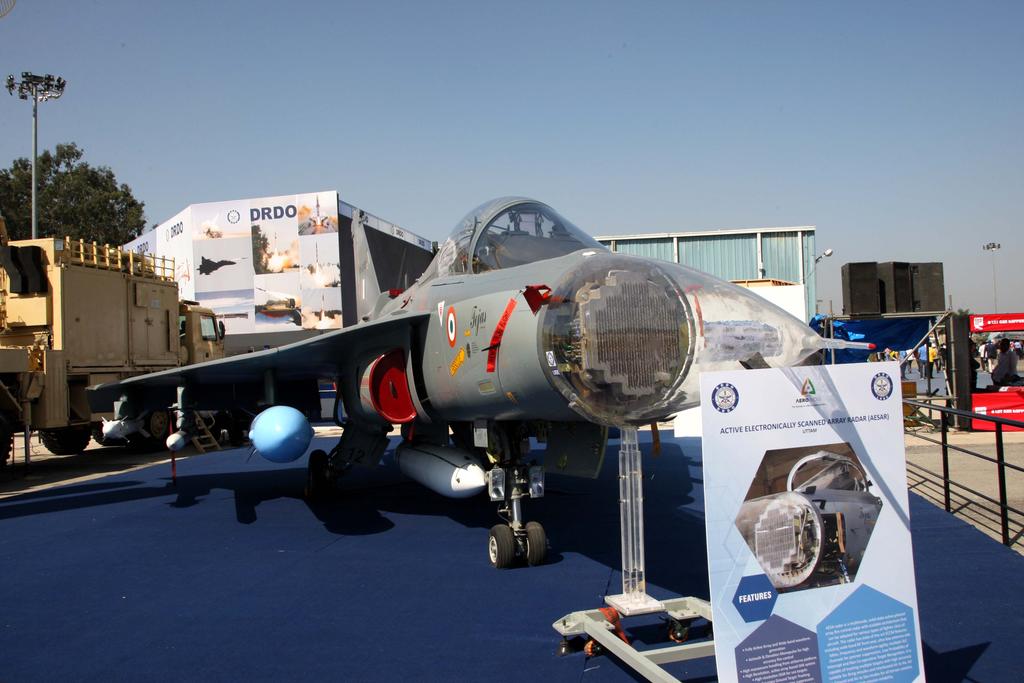
3. The Operational Advantages of Gripen
The Gripen E/F offers low maintenance demands, high sortie-generation rates, and dispersed-operations capability-each important for the varied terrain of Colombia and its remote bases. With the GE F414G engine, it reaches Mach 2 and is equipped with AESA radar, IRST, and advanced electronic warfare systems. Its relatively low lifecycle cost, compared with many Western fourth-generation fighters, further supports Petro’s focus on sustainability for defense spending. The inclusion of two twin-seat Gripen F variants will additionally improve pilot training and complex mission performance.

4. Industrial Cooperation Package
Saab’s tender included wide-ranging offsets in the fields of aeronautics, cybersecurity, sustainable energy, water purification, and medical innovation. All these agreements will contribute to the enhancement of Colombia’s industrial base and research capacity, embedding defense procurement within wider national development objectives. Saab CEO Micael Johansson called it “the start of a long-term partnership that will strengthen Colombia’s defence and offer important industrial benefits at home.” Such commitments were decisive in edging out competitors.
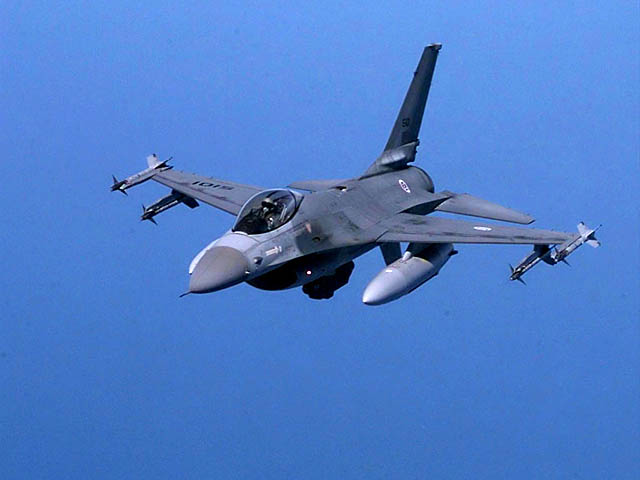
5. Why the F-16 Lost
The U.S. bid included both new F-16 Block 70s and donated Block 50/52s, in a $4.2 billion offer that emphasized NATO-style interoperability for Colombia, the alliance’s only “global partner” in Latin America. Sustainment costs and limited industrial offsets contributed to the American bid being less competitive after several months of lobbying. While Washington’s disappointment is tempered by the fact that Colombia has continued its security cooperation in other areas, the decision underlines Bogotá’s readiness to readjust its strategic posture toward Europe.

6. Rafale and J-10CE Rejected
France’s Rafale impressed with its raw performance but came with a higher price tag and less technology transfer, while China’s J-10CE was incompatible with the systems and partnership networks that Colombia currently had. By contrast, the Gripen matched operational needs while delivering a comprehensive industrial partnership, making it the most balanced choice.

7. Regional Security Context
Modernization of Colombia’s air force comes amid heightened tensions with Venezuela, which has deployed 15,000 troops to the border to combat drug trafficking. U.S. naval deployments in the Caribbean and eastern Pacific add to the regional unease. A modern fighter fleet enhances deterrence and sovereignty, as the Gripen has been described by Petro as “a deterrent weapon to achieve peace.”

8. Timeline and Delivery
The contract, worth €3.1 billion, covers 15 Gripen E single-seaters and two Gripen F twin-seaters, with deliveries scheduled from 2026 to 2032. Similarly, infrastructure upgrades, pilot training, and integration programs will be sequenced to avoid capability gaps. The deals place Colombia in an elite tier of South American airpower, joining Sweden, Brazil, and Thailand as Gripen E/F operators.
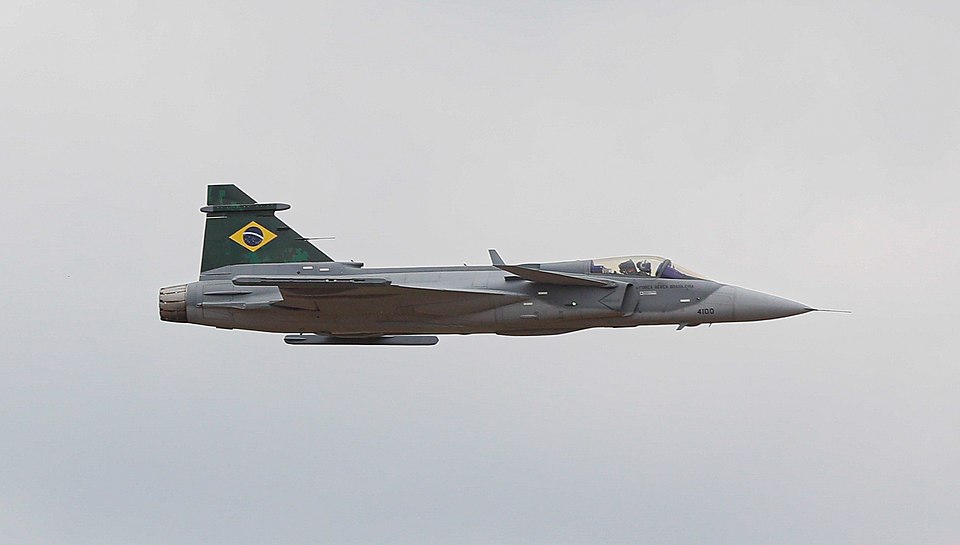
9. Part of a Regional Modernization Wave
Colombia’s move is part of the larger trend: Brazil is coproducing Gripens, Argentina is buying F-16s, and Peru is assessing new fighter options. Several countries are modernizing radars, attack aircraft, and air-defense systems. With the Gripen, Colombia adopts advanced electronic warfare and networked operation capabilities, reinforcing its standing in regional security architectures. The acquisition of the Gripen by Colombia represents a meeting point between technical need, industrial ambition, and geopolitical reorientation.
It addresses pressing readiness challenges and diversifies defense partnerships while embedding military modernization in wider national development imperatives. In a region where strategic orientations shift, this places Bogotá in a very new orbit-one shaped decisively by European collaboration and a more autonomous defense posture.
